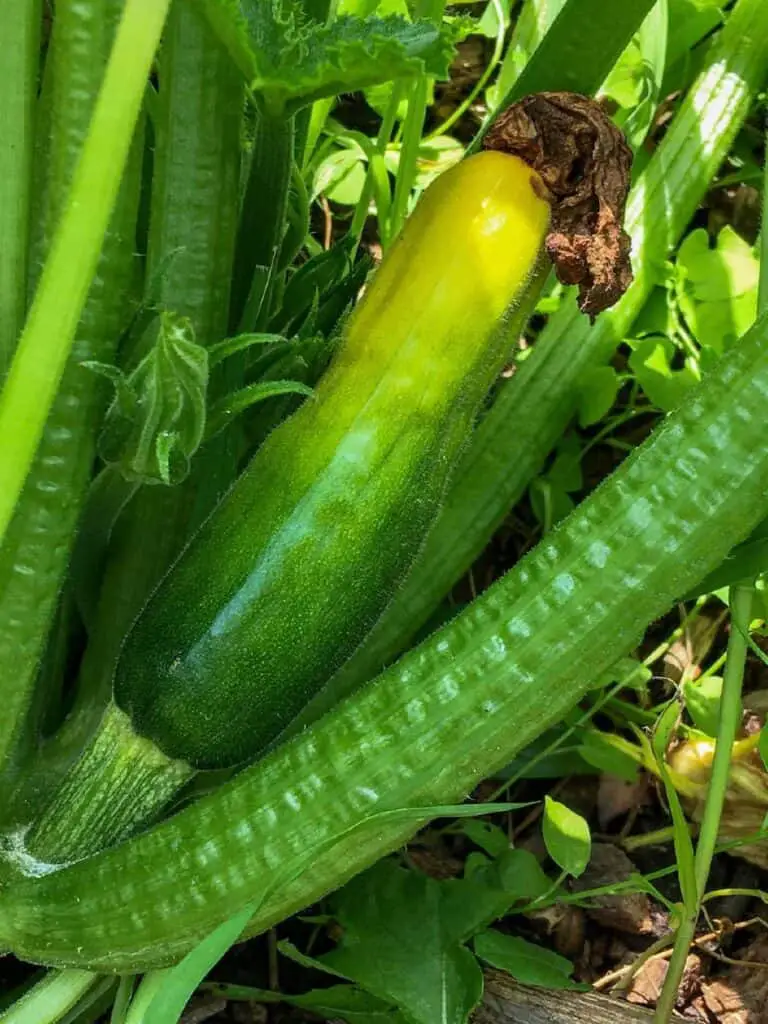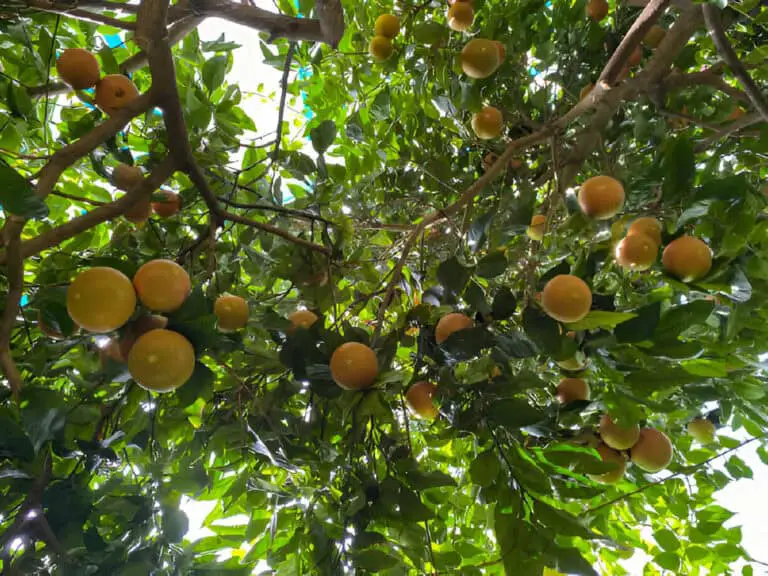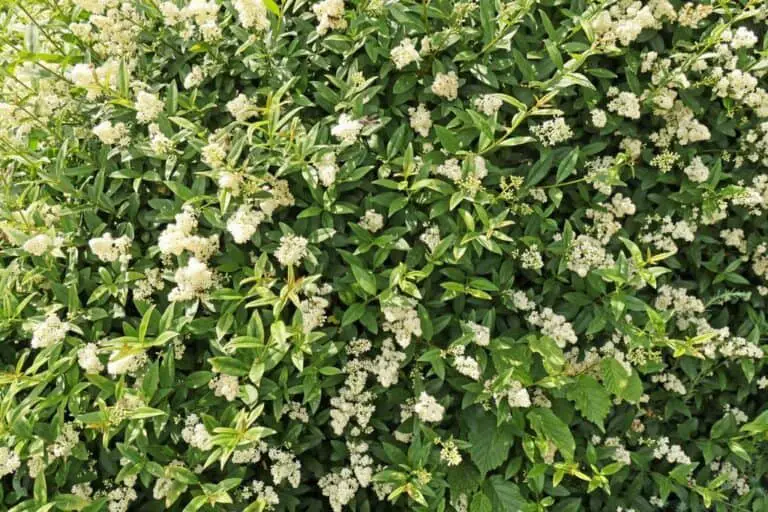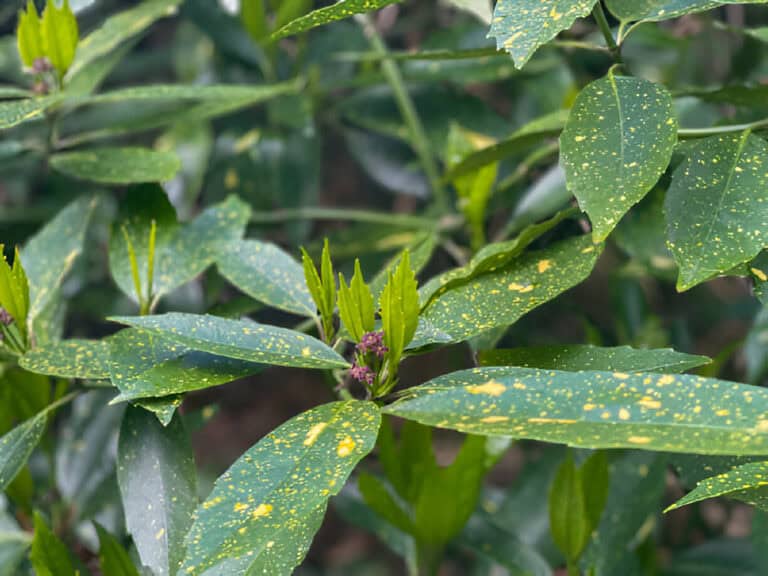Unveiling the Truth: Can Yellow Squash Ripen Off the Vine?

Have you ever wondered if that bright yellow squash on your counter can ripen without its vine? Ripening fruits and vegetables off the plant is fascinating. It offers a glimpse into unseen changes beyond the garden.
Yellow squash is known for its versatility and delicate flavor. It follows an intriguing journey from blossom to harvest. This journey raises questions about whether it can reach its potential after separation from its source.
When it comes to yellow squash, the typical image is of plump specimens flourishing on lush vines under the sun’s warm embrace. However, do these golden treasures truly need their vines to reach optimal ripeness? Understanding how yellow squash ripens reveals if it can be high quality once detached from its roots.
Join us as we explore the secrets of yellow squash ripening. We’ll look at ripening on and off the vine. We’ll explore new horizons in garden-to-table journeys that might just surprise you.
Ripening Process of Yellow Squash
When it comes to yellow squash, understanding the ripening process is key to enjoying these veggies at their best. Yellow squash typically ripens in stages. It starts off young and tender, then matures into a firm and tasty vegetable.
Temperature, humidity, and sunlight are key. They influence the ripening of yellow squash. For instance, cooler temperatures can slow down ripening, while ample warmth can accelerate it.
To determine if a yellow squash is ripe when it is off the vine, there are a few telltale signs to look for. A ripe yellow squash should have vibrant coloration with a glossy sheen on the skin. The touch test is also crucial – a ripe yellow squash will feel firm yet slightly yield to gentle pressure.
Additionally, inspect the stem end; it should be smooth without any signs of shriveling or mold. Remember, unlike some fruits, yellow squash does not ripen after being picked.
Setting aside influencing factors, knowing how to judge ripeness can help home gardeners and squash fans. It helps them harvest their yellow squashes at the best times. Knowing how to spot that perfect moment of ripeness ensures that each bite is full of flavor and nutrients.
| Related: How to Pick a Good Yellow Squash to Harvest |
Can Yellow Squash Ripen Off the Vine?
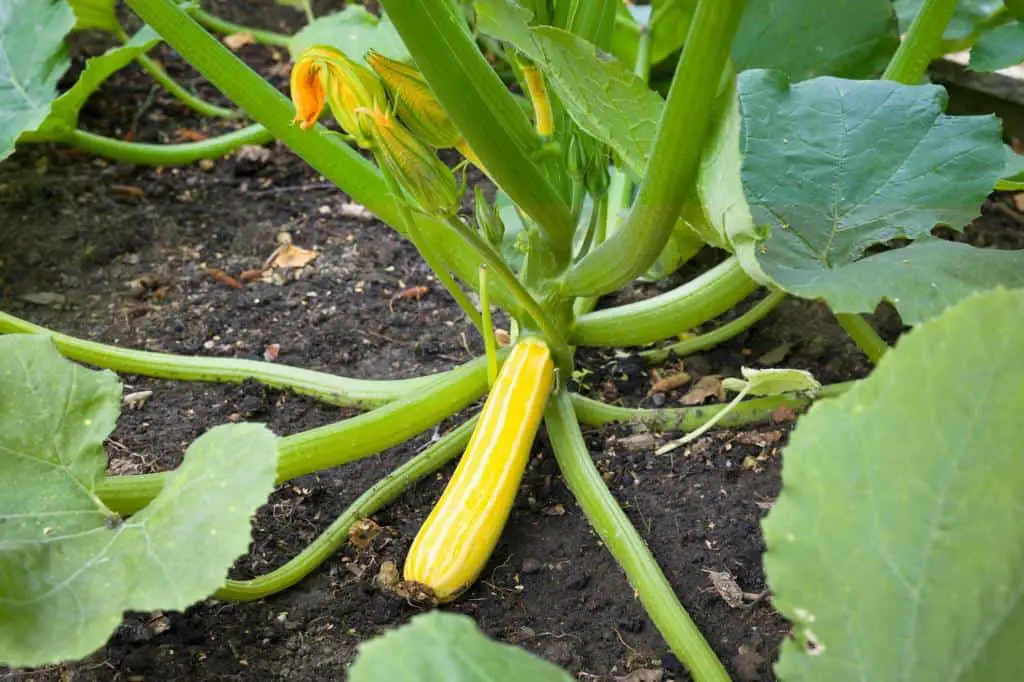
The question of whether yellow squash will ripen off the vine is a common query among gardeners. Similar to the ripening process of spaghetti squash, the answer largely hinges on the maturity of the squash itself. When it comes to yellow squash, if the fruit is still soft, it’s unlikely to ripen further once removed from the vine. This is because ripening happens while the squash is still attached to the plant. It benefits from the plant’s nutrients and energy.
Therefore, if you’re considering harvesting yellow squash, it’s best to wait until the fruit has reached a mature stage on the vine. This ensures that it has undergone the necessary ripening processes and is ready for consumption.
However, if you find yourself with an unripe yellow squash, it’s still edible. But, it will have a slightly different texture and flavor compared to ripe squash.
Effects of Off-Vine Ripening
When it comes to allowing yellow squash to ripen off the vine, there are both benefits and drawbacks. One major benefit is that off-vine ripened yellow squash tends to have a longer shelf life compared to squash left on the plant until fully ripe. This means you may be able to store them for longer periods without sacrificing quality.
But, off-vine ripened yellow squash can lack the same flavor intensity. On-vine ripened squash gets nutrients from the plant as they grow, but off-vine ones don’t.
In terms of flavor, texture, and nutrition, on-vine and off-vine ripened yellow squash differ. There are some distinctions to note. Yellow squash ripened on the vine often has a stronger flavor. This is because it gets all the nutrients it needs directly from the plant as it ripens.
It tends to be slightly firmer in texture than its off-vine counterpart. Both types have similar nutrition. Freshly harvested, short-term stored produce can retain slightly more nutrients than long-term stored on-the-vine produce.
To ensure optimal quality when handling off-vine ripened yellow squash, it’s crucial to store them properly. Keeping them in a cool, dry place — ideally in a perforated plastic bag in the refrigerator — helps maintain freshness and texture. Also, handle these squashes with care. Avoid bruising or damage. These can speed spoilage.
Harvesting Yellow Squash: On vs. Off Vine
When harvesting yellow squash, the debate is about plucking them off the vine early or letting them mature. The choice hinges on timing and personal preference. Harvesting while still connected to the vine ensures that the squash ripens fully before picking. This maximizes flavor and texture. This method involves watching your plants. You wait until the fruits reach their ideal size and color. Then, you carefully cut them from the vines.
On the other hand, opting for post-harvest maturing means allowing yellow squash to ripen after being detached from the plant. This approach can be convenient if you have many squashes to pick at once or want more control over each fruit’s ripening. But, there can be small trade-offs in taste and texture compared to those left to ripen on the vine.
In some cases, early-harvested yellow squash might not fully develop their sweetness or tenderness. This happens when they are not allowed to ripen naturally in the sun.
Tips for Ripening Yellow Squash Without the Vine
To ripen yellow squash that was harvested early, follow these steps for success. First, select squash that is mature but not overly ripe when picking early from the vine. Place the picked squash in a cool, dark space with good air circulation to allow them to naturally complete their ripening process. Avoid direct sunlight or excess humidity, as this can lead to spoilage rather than ripening.
Preventing premature picking starts with proper care during the growth stages of the acorn. Monitor your yellow squash regularly and harvest them at the right moment. Immature squash will not ripen well once off the vine. Look for firm skin and vibrant color, usually achieved within 4 to 6 inches in length for most yellow squash varieties, before harvesting.
When attempting to ripen yellow squash without the vine, there are common mistakes to avoid. One such mistake is using artificial methods like exposure to ethylene or heating sources to speed up the process. These techniques often result in uneven ripening or a loss of flavor.
How Big Should Yellow Summer Squash Be Before Picking?
Determining the ideal size for picking yellow summer squash depends on the variety and intended use. Summer squash can be harvested when tiny for some cooking. But, for the best flavor and texture, it’s best to wait until it reaches a specific size. Oblong varieties are best picked when they are 8 to 12 inches long. Round types should be harvested when they are 4 to 8 inches wide.
When inspecting yellow summer squash for harvesting, pay attention to the appearance of the skin. A shiny skin indicates freshness and maturity, while a dull appearance may suggest that the squash is past its prime. Follow these size guidelines and visually assess the squash’s skin. This way, you can ensure that you’re harvesting ripe yellow summer squash. This will guarantee the best flavor and texture for your dishes.
| Related: What Is the Difference Between Green and White Acorn Squash? |
Can You Eat Unripe Yellow Squash?
Yellow squash is the fruit of any of four species in the genus Cucurbita. It is versatile and nutritious addition to any diet. Similar to cucumbers and most melons, yellow squash belongs to the same botanical family. One thing that sets yellow squash apart is that it’s usually eaten unripe. This is especially true when the fruit has thin, edible skins and small, soft seeds.
When harvested and eaten at this stage, yellow squash has a delicate texture and mild flavor. These qualities make it perfect for many culinary uses. You can use unripe yellow squash in many ways. You can sauté or grill it. You can also add it to salads and stir-fries. It adds a refreshing crunch and subtle sweetness to dishes.
Ripe yellow squash is also edible. But, it tends to be tougher and have larger, harder seeds. So, it is less desirable to eat it raw. However, ripe yellow squash can still be used in cooked dishes, like soups, stews, and casseroles. Its flavor can complement other ingredients and its texture softens when cooked.

